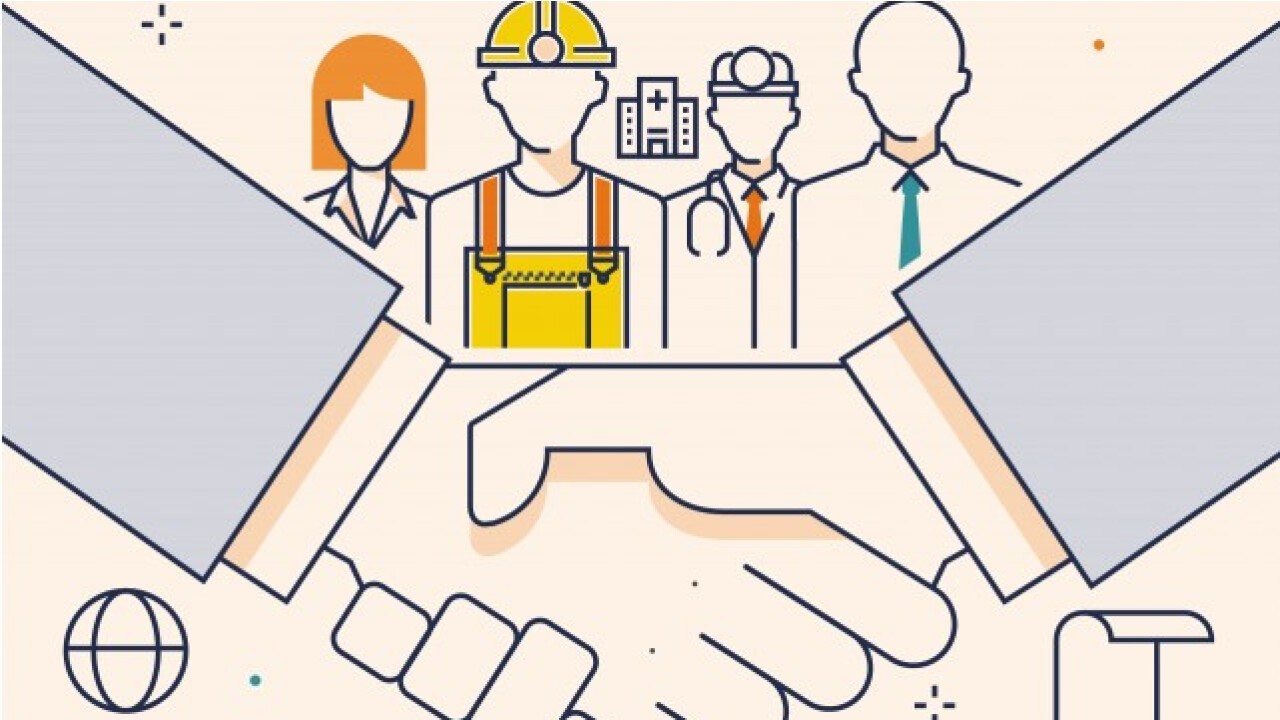Public Private Partnerships (PPP) have existed in the infrastructure sphere for well over a century. The mid 19th century railroad building craze saw private firms in countries across the world construct lucrative connections between cities, industries and even tourist locations.
Public Private Partnerships (PPP) have existed in the infrastructure sphere for well over a century. The mid 19th century railroad building craze saw private firms in countries across the world construct lucrative connections between cities, industries and even tourist locations to take advantage of the new booming transport market. The famous trams and subway systems of the world began as private enterprises and new towns were even facilitated or run by railroad companies to further bolster reliance on their network.
Governments welcomed the investment and simply served as facilitators providing legal frameworks, access corridors and conflict mediation. However, due to economic downturns and volatility in the booming railroad industry, this role quickly progressed from facilitator, to regulator, to financier and ultimately to complete control in a lot of countries. The great railroad craze had run its course and the disjointed strategy of multiple private companies operating a natural monopoly was ceded to government control and regulation.
Railroads are one example of the power of the private equity market and its ability to meet public needs in conjunction with public entities. Much like other types of public infrastructure, railways were nationalised as governments recognised the overall public benefit is worth the additional cost. Public entities are now looking toward PPPs again in an effort to secure funding for projects whilst minimising their financial outlay and risk as budgets become strained or unable to keep up with private development.
Whilst there are a range of PPP structures to discuss, one typical structure is where the private entity can build, own and operate public infrastructure generating revenue from user pay or service supply agreements with the government. The financial risk is borne by the private entity who are expected to maximise their efficiencies, in return they have the revenue rights, and the public receives new infrastructure.
Such a scheme sounds like win-win for the public but unfortunately PPP are beset with a raft of issues ranging from contractual disagreements, financial return expectations, perception of privatisation of key services etc. and fundamentally the solvency of private institutions. Crucially, public entitles cannot avoid the risk of private entities becoming insolvent. Whilst the state is expected to provide infrastructure, private entities cannot reasonably expect a return on investment from monopolistic infrastructure traditionally paid for by a range of taxes.
So, how can we reconcile the complicated landscape of tax income to pay for infrastructure, with private entities delivering the infrastructure without too much financial loss to the public? PPP discussions about pitfalls, advantages and success is a nuanced discussion too extensive for a short article. However, the Future-Proof Infrastructure Congress will delve into this topic and address tailored solutions, ranging from developed countries to developing and conflict affected nations. It will look at how PPPs can effectively leverage private equity to deliver vital infrastructure.
At the Future-Proof Infrastructure Congress we will foster an in-depth dialogue with industry experts from different regions. The selected expert panel members will explore the many early-stage bankable infrastructure projects that can underpin further high-quality development. The FPI event will showcase PPP Infrastructure projects that feature blended finance, strong financial instruments backed by multinational development banks, as well as offer perspectives from private and public industry.
The FPI event will take place virtually on 28th March 2023.
